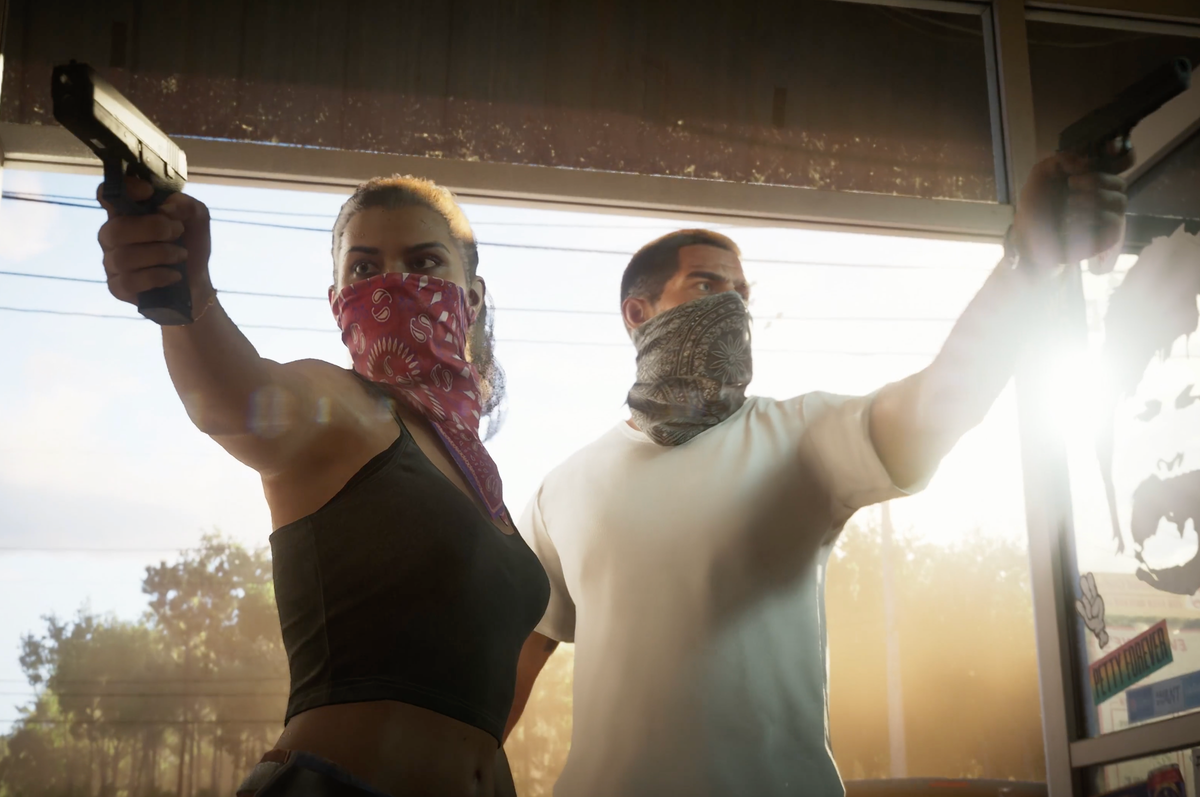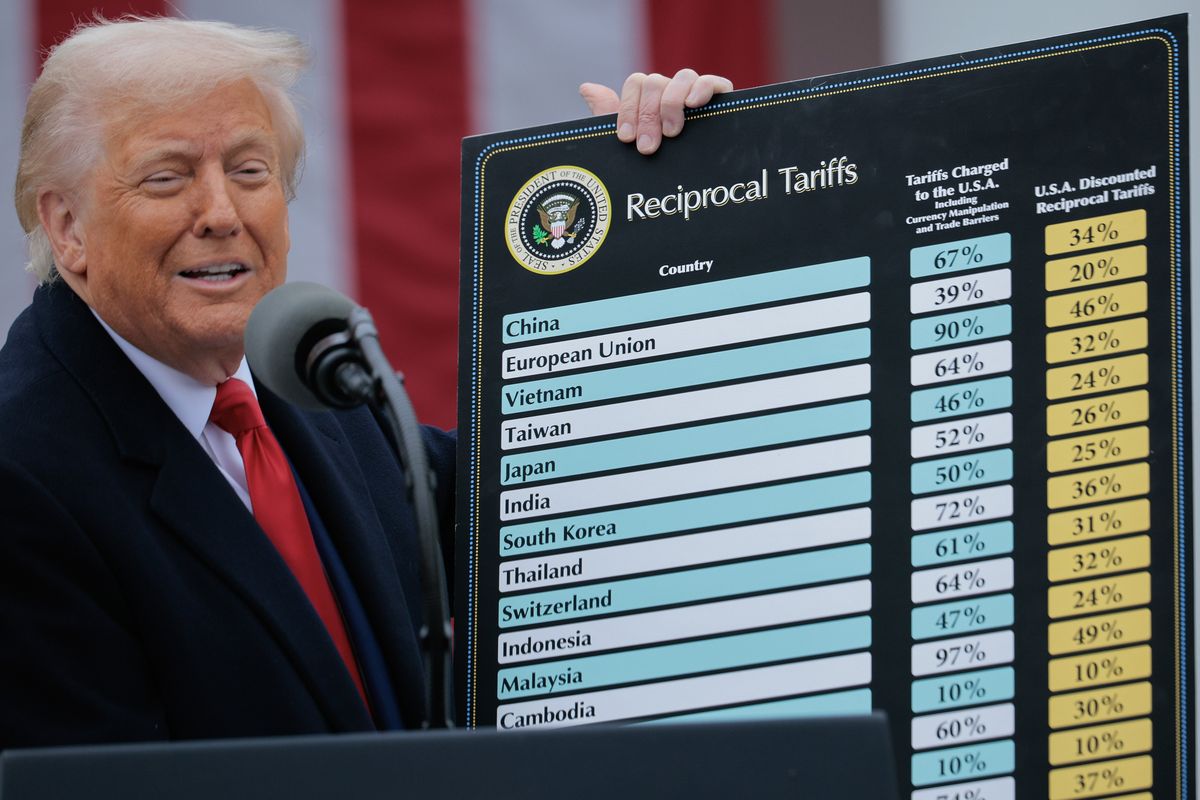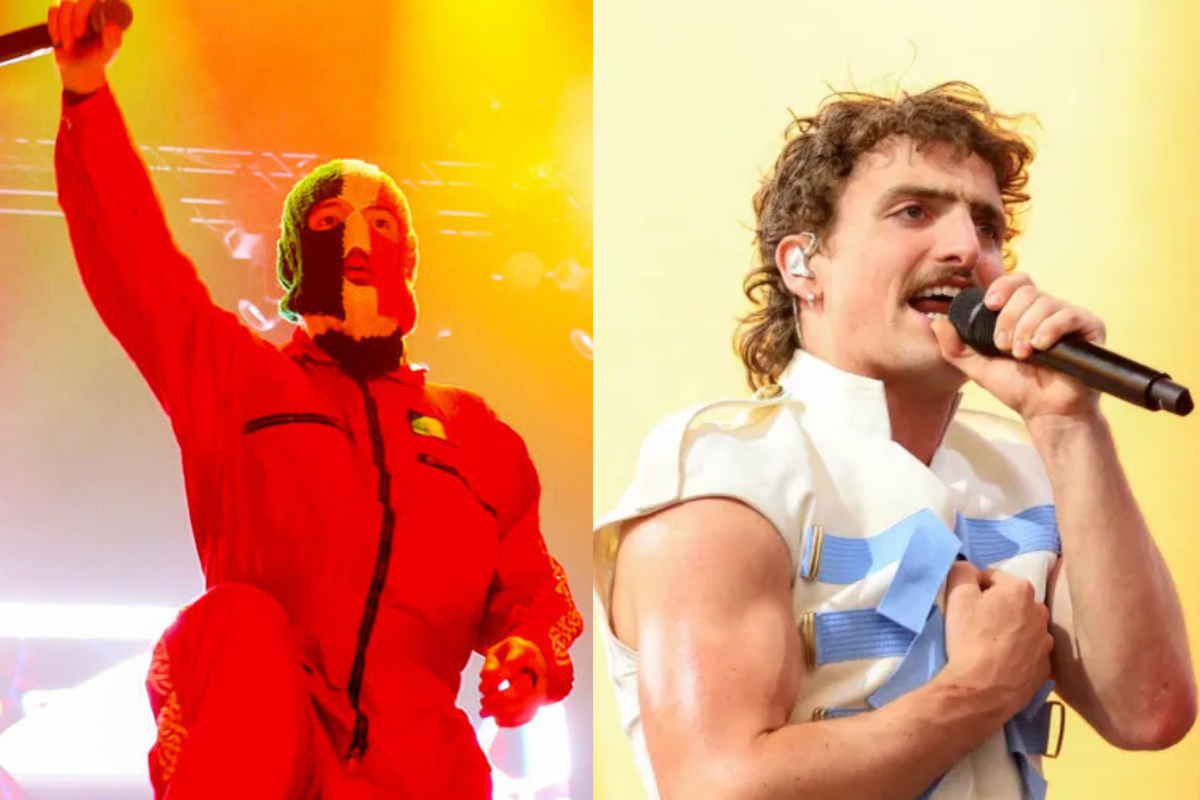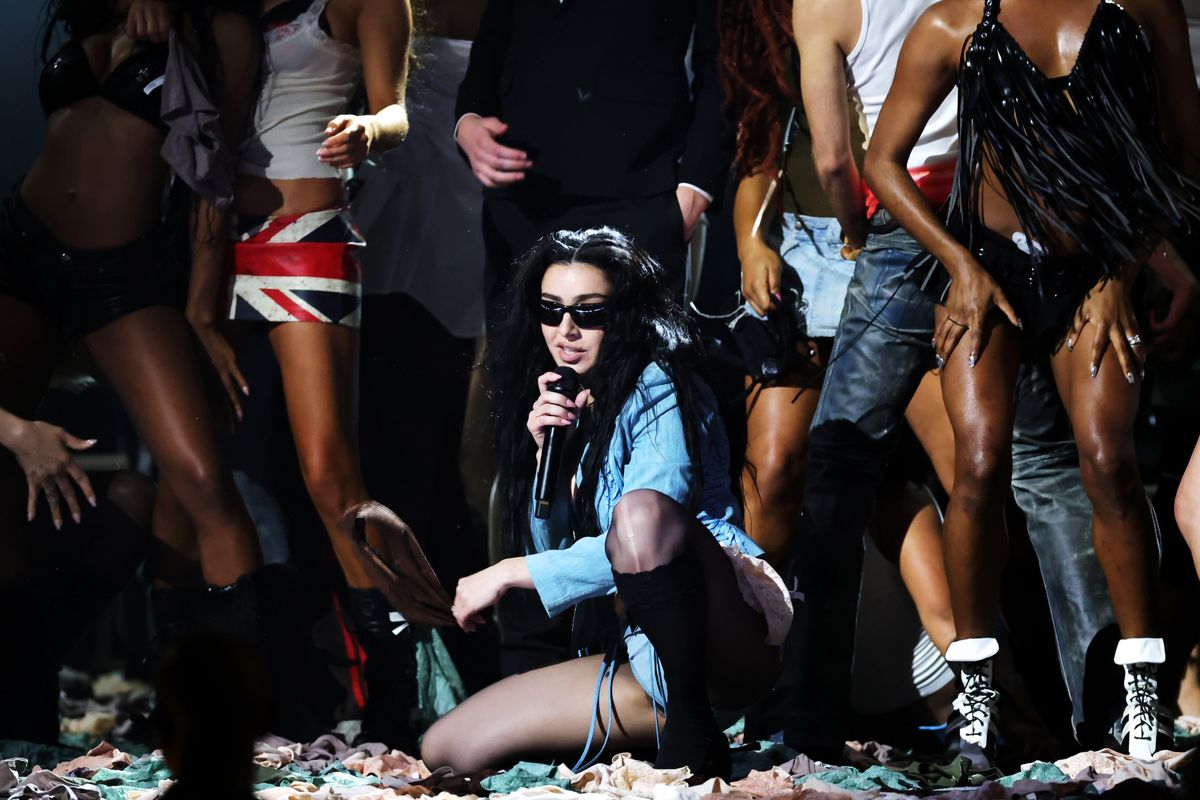News
Becca Monaghan
Feb 21, 2025
TikTok begins labeling AI-generated content
Scripps News / VideoElephant
Artificial intelligence is advancing at an incredible pace, creating content that almost feels indistinguishable from what is real.
While its technological advances are impressive, there's still one small hiccup that even the most advanced AI can't seem to nail. And once you notice it, it's like a glitch in the Matrix: hands and feet.
Whether it's an extra finger or toe or an overall weirdly distorted shape, these tiny details pop up time after time, and it's impossible to unsee. It's a small flaw in the grand scheme of things, but for some reason, it's one AI just can't seem to perfect.
Now, if you're an avid TikToker, you may have stumbled across the latest POV trend that uses AI to depict historical times and events. While the trend has used AI in a productive, informative way (unlike harmful deepfakes targeting victims), some of the content demonstrates the flaw at hand. Quite literally.
One clip from HistAlry Films racked up a staggering 9.6 million views for its stunning portrayal of Ancient Egypt. And while the footage has been widely praised online, there's one tiny aspect that some can't get over.
Take a look for yourself:
@histairy_films POV: you’re a pharaoh woman in Ancient Egypt - 1338 BCE #egypt #cinematic #Film #history #Ai
"I’m curious why it’s so hard to get the toes and fingers right," one popular comment read, as another humorously quipped: "Why can’t AI remember the number of fingers and toes that humans have? Is there a memory leak problem somewhere? Do we have to keep them from knowing these numbers so that they don’t take over?"
Over on X/Twitter, people have also been having fun with the irony that a technology so advanced can't seem to get the basics right.
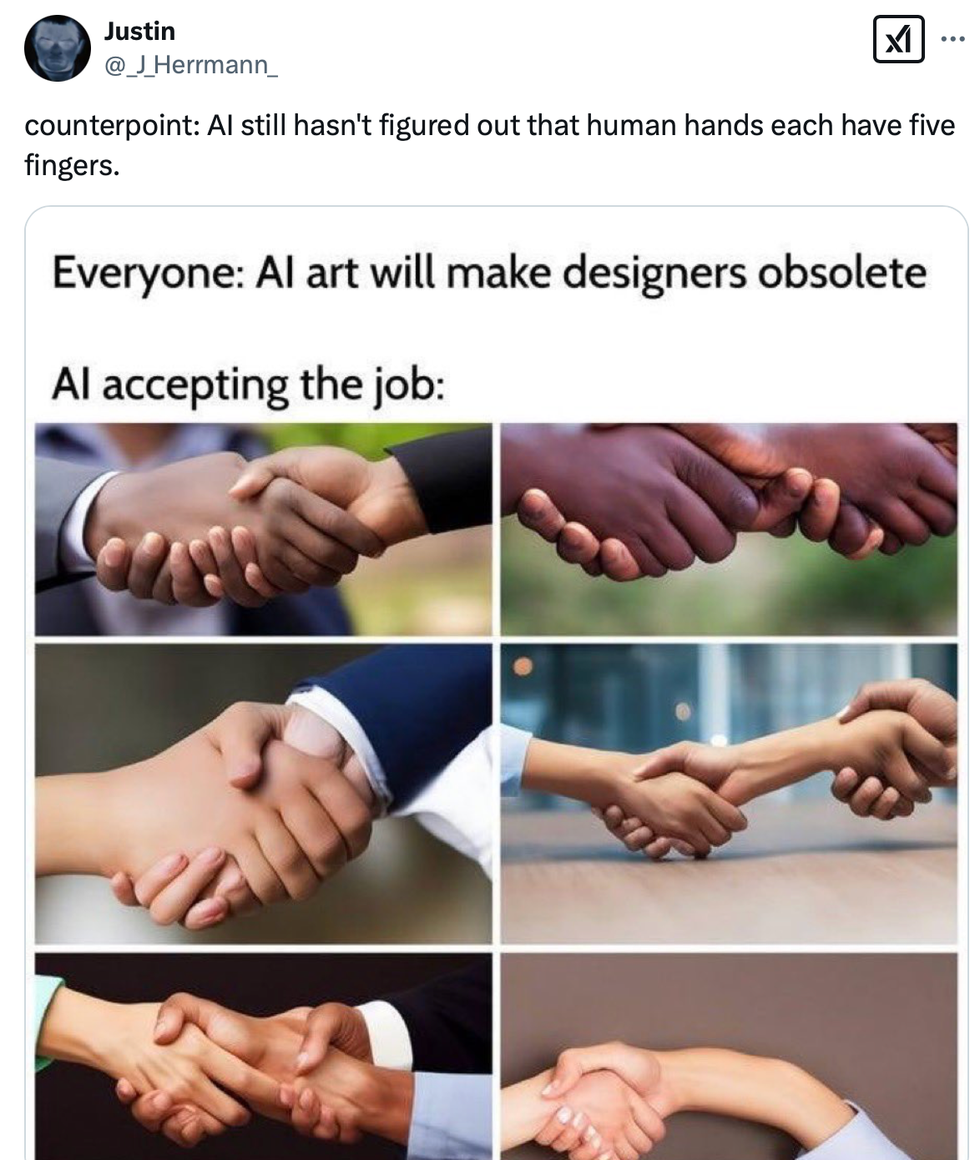
Indy100 spoke to James Bore, chartered security professional and author of The Cyber Circuit, to find out why this is exactly.
With hands and feet, James told us, it's important to remember that human artists struggle with these as well.
"While people think of faces as variable, hands especially (and feet to a slightly lesser degree) are highly delicate and highly articulated," he said.
He explained that if you consider the number of different 'poses' your hands can be in and how each pose can look vastly different from the next, you'll start to understand the challenge.
James added that a GenAI model, or LLM, doesn't actually have a conception of what a 'hand' is.
"Instead, these models draw from millions of images tagged with hands and interpolate between them," he said. "You do this with a face, and you're going to end up with something like a face as they’re fairly universal."
But with hands, the variations are far broader.
"A hand could be a fist, a spread hand, two fingers up to the camera, devil horns, holding something, or a million other poses," he explained.
He further noted that the datasets AI uses often don't include detailed close-up pictures of hands in the same way they do for faces, meaning the AI is pulling from a more limited set of images.
While torsos and faces tend to be less variable, James pointed out that even they can sometimes produce errors.
"You'll occasionally see the extra eye or missing ear pop out of AI," he said, "along with cloth blending into the skin".
However, he explained that the greater variability in the appearance of hands and feet leads to more visible mistakes: "That’s why the errors are much more noticeable with hands and feet."
James also shared his thoughts on the fundamental limits of AI's current capabilities.
"This is something still being heavily discussed and argued," he said. "Personally, I think we're already close to it with the current approach to AI. After using almost everything available on the internet to train the initial models, there's not really sufficient new data to train them on to make dramatic improvements."
As a result, James believes that any future advancements are likely to be small and incremental.
"Until we have a radical change of approach, improvements will be minimal," he added.
He pointed out that special-purpose models, which are trained on more carefully curated data rather than just more data, are already being touted as the next big thing in AI: "These models generally get better results, but only in the narrow domains they work within."
You may also like...
- Scientists warn AI has crossed ‘red line’ and can now replicate itself
- AI company bans applicants from using AI to apply for jobs there
How to join the indy100's free WhatsApp channel
Sign up for our free Indy100 weekly newsletter
Have your say in our news democracy. Click the upvote icon at the top of the page to help raise this article through the indy100 rankings.
Top 100
The Conversation (0)


